Subtotal: R1,080.00
ADC 14 Click
R560.00 ex. VAT
ADC 14 Click is a compact add-on board with a high-performance data converter. This board features the MAX11108A, a low-power serial ADC from Analog Devices. It includes a high-dynamic range sample-and-hold and a high-speed serial interface. This 12-bit resolution ADC with an integrated single-ended analog input connected to the ADC core can achieve up to 3Msps of conversion rate with no pipeline delay. This Click board™ makes the perfect solution for the development of instrument data acquisition, mobile applications, portable data logging, medical instrumentation, communication systems, and more.
ADC 14 Click is fully compatible with the mikroBUS™ socket and can be used on any host system supporting the mikroBUS™ standard. It comes with the mikroSDK open-source libraries, offering unparalleled flexibility for evaluation and customization. What sets this Click board™ apart is the groundbreaking ClickID feature, enabling your host system to seamlessly and automatically detect and identify this add-on board.
Stock: Lead-time applicable.
| 5+ | R532.00 |
| 10+ | R504.00 |
| 15+ | R476.00 |
| 20+ | R458.08 |

 Accel Click
Accel Click  DIGI POT Click
DIGI POT Click 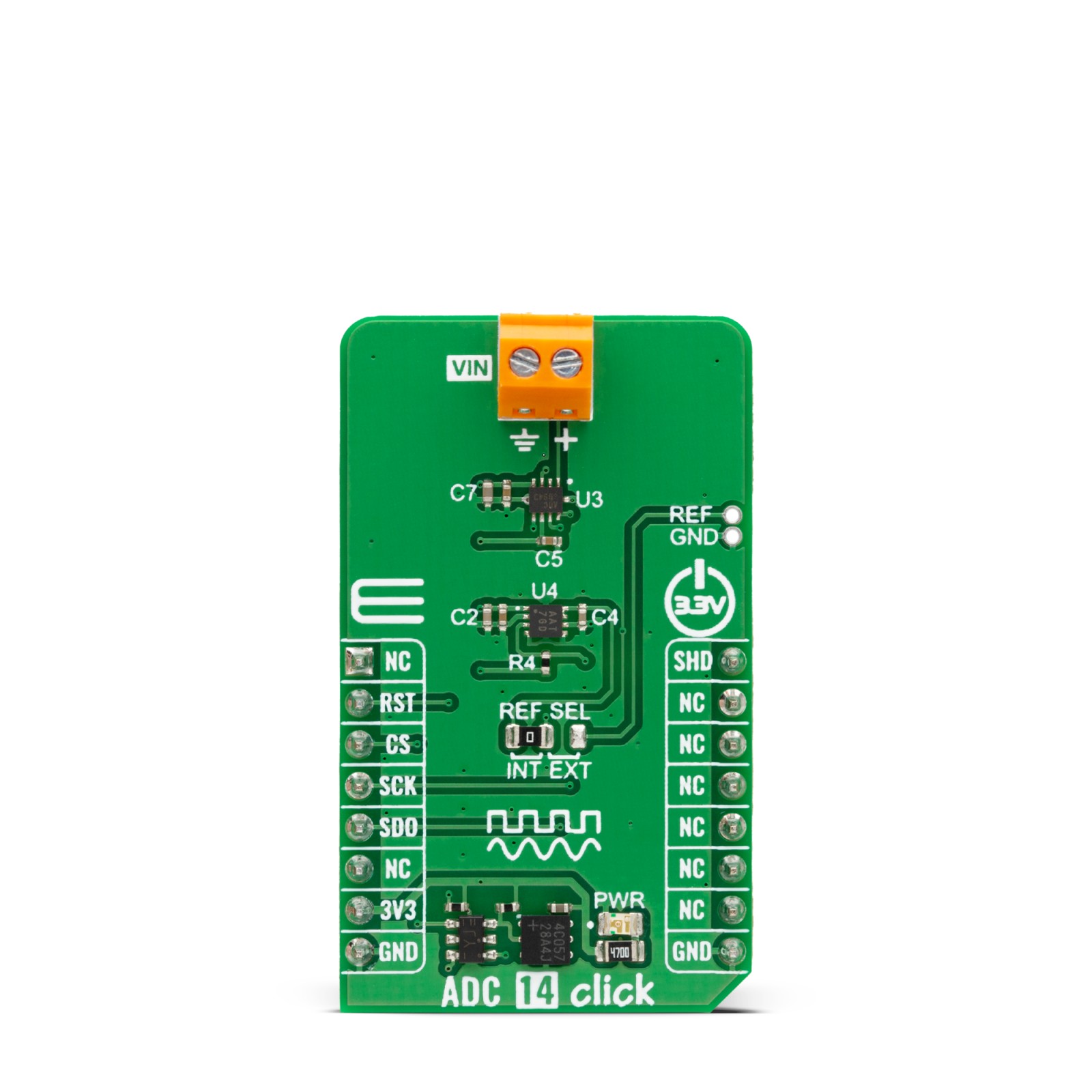
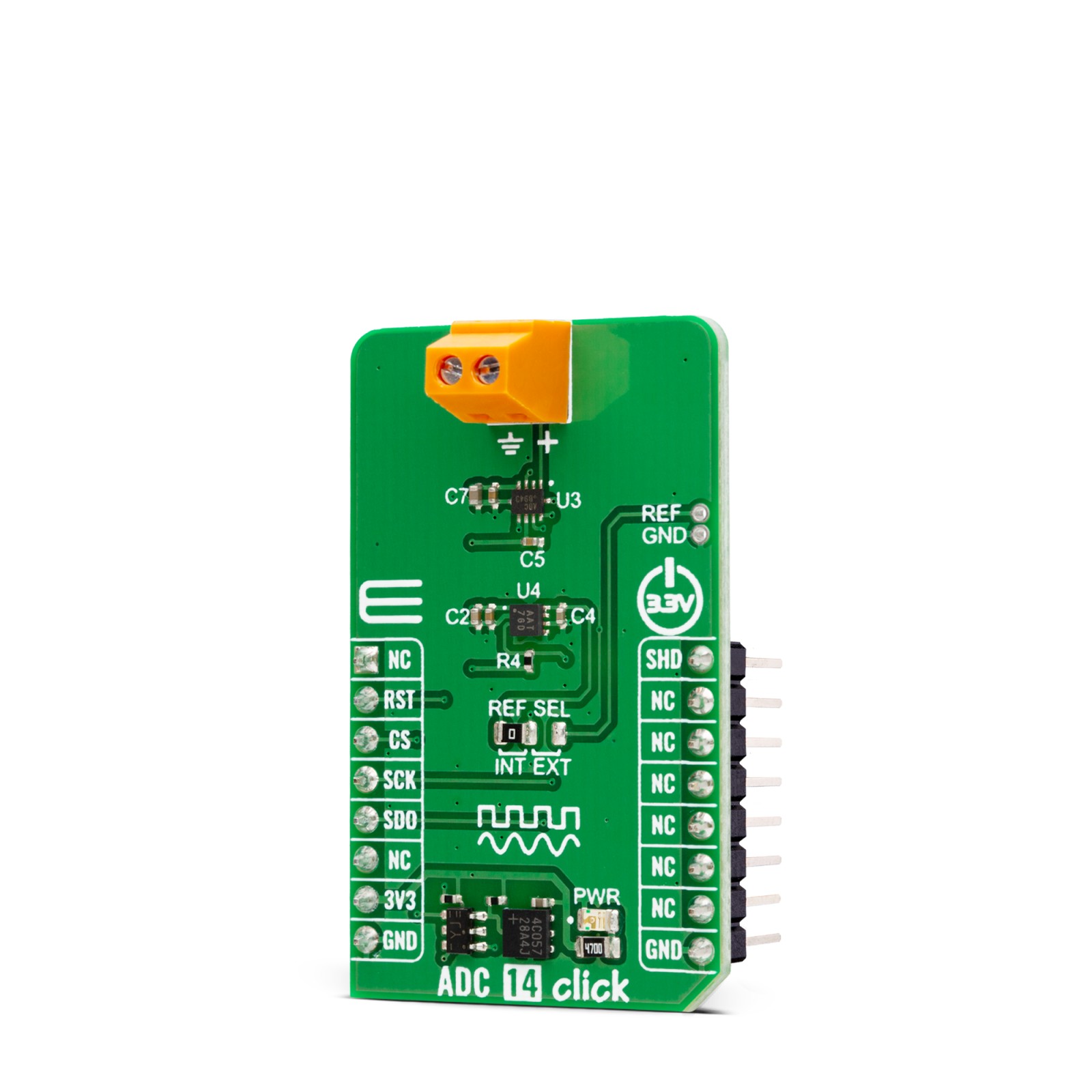


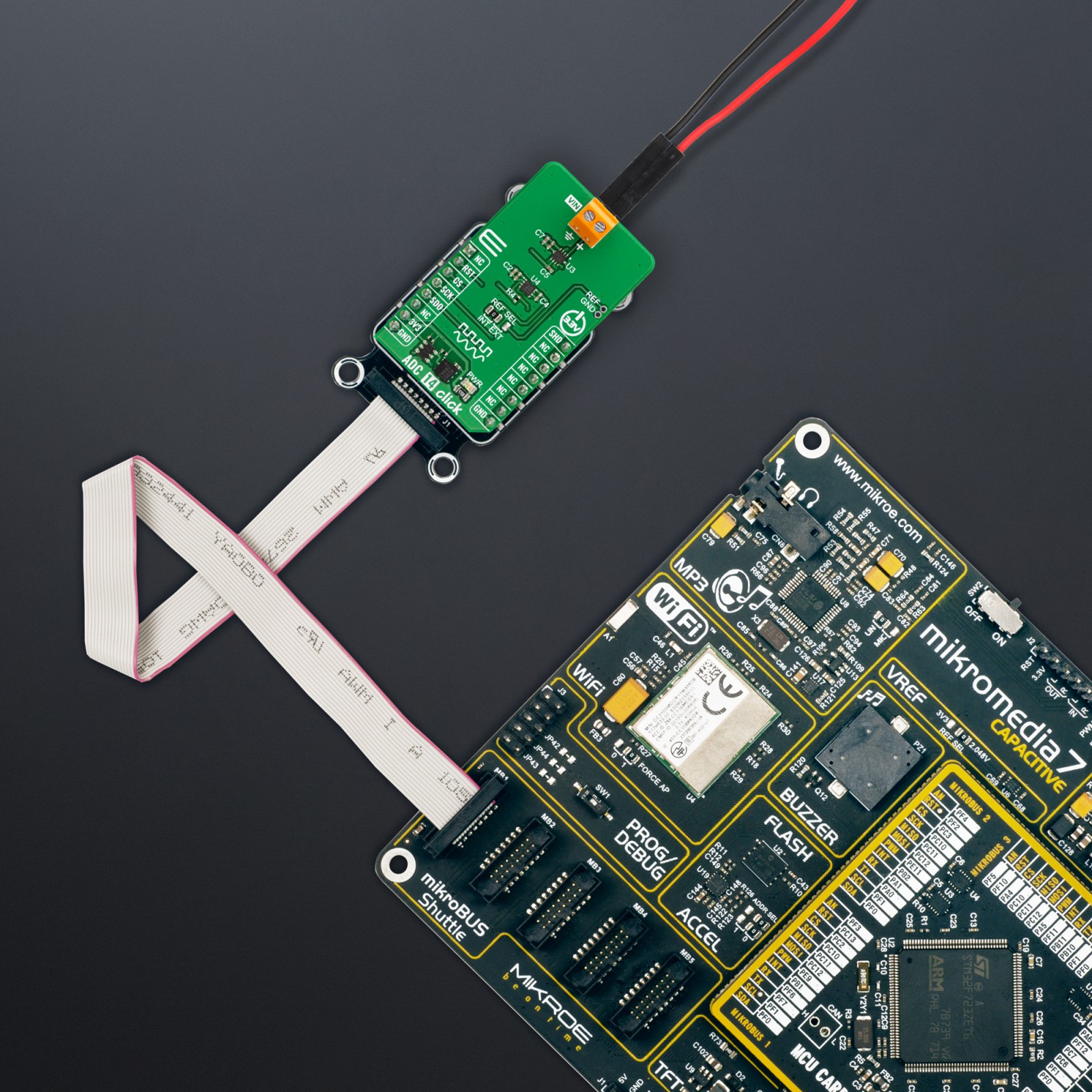
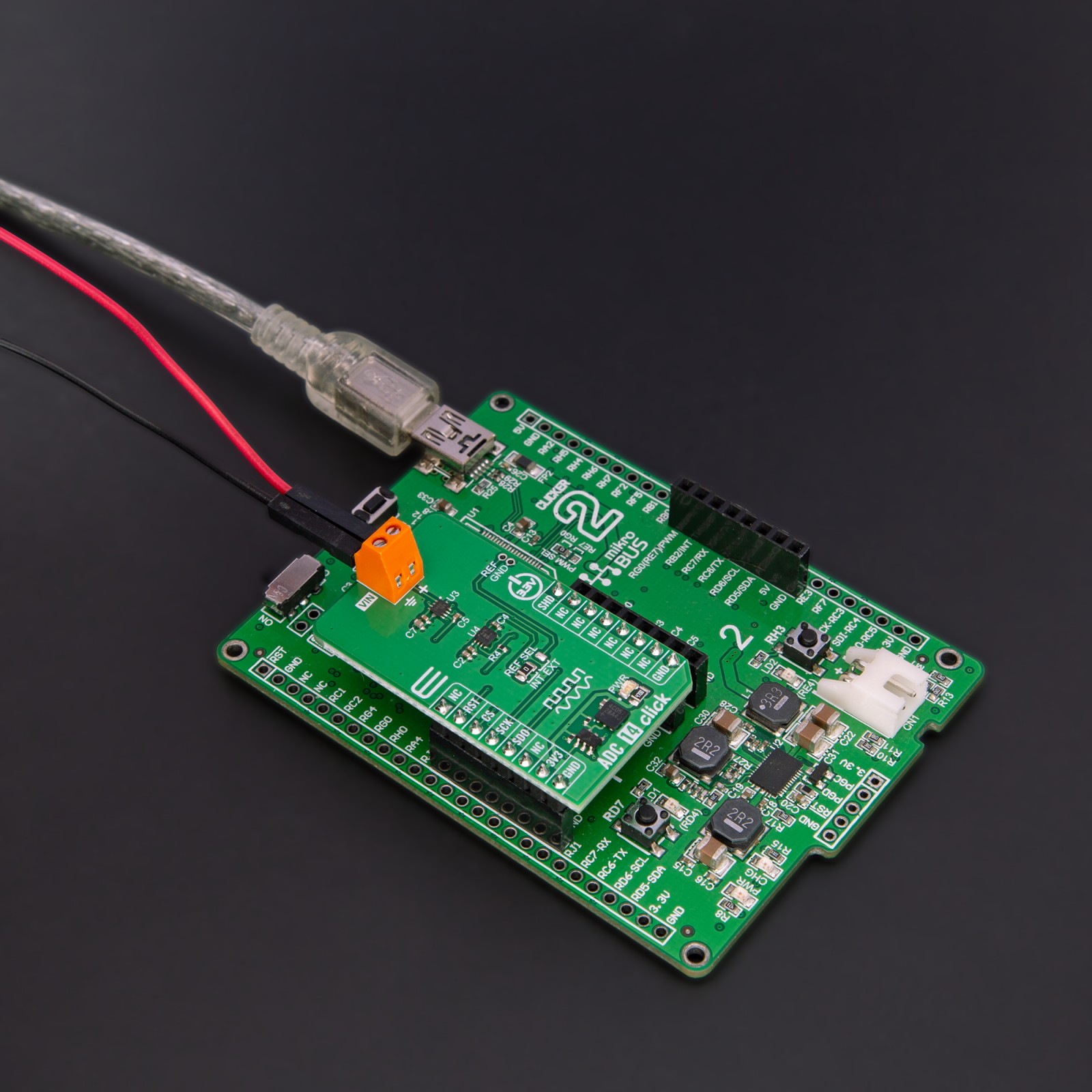
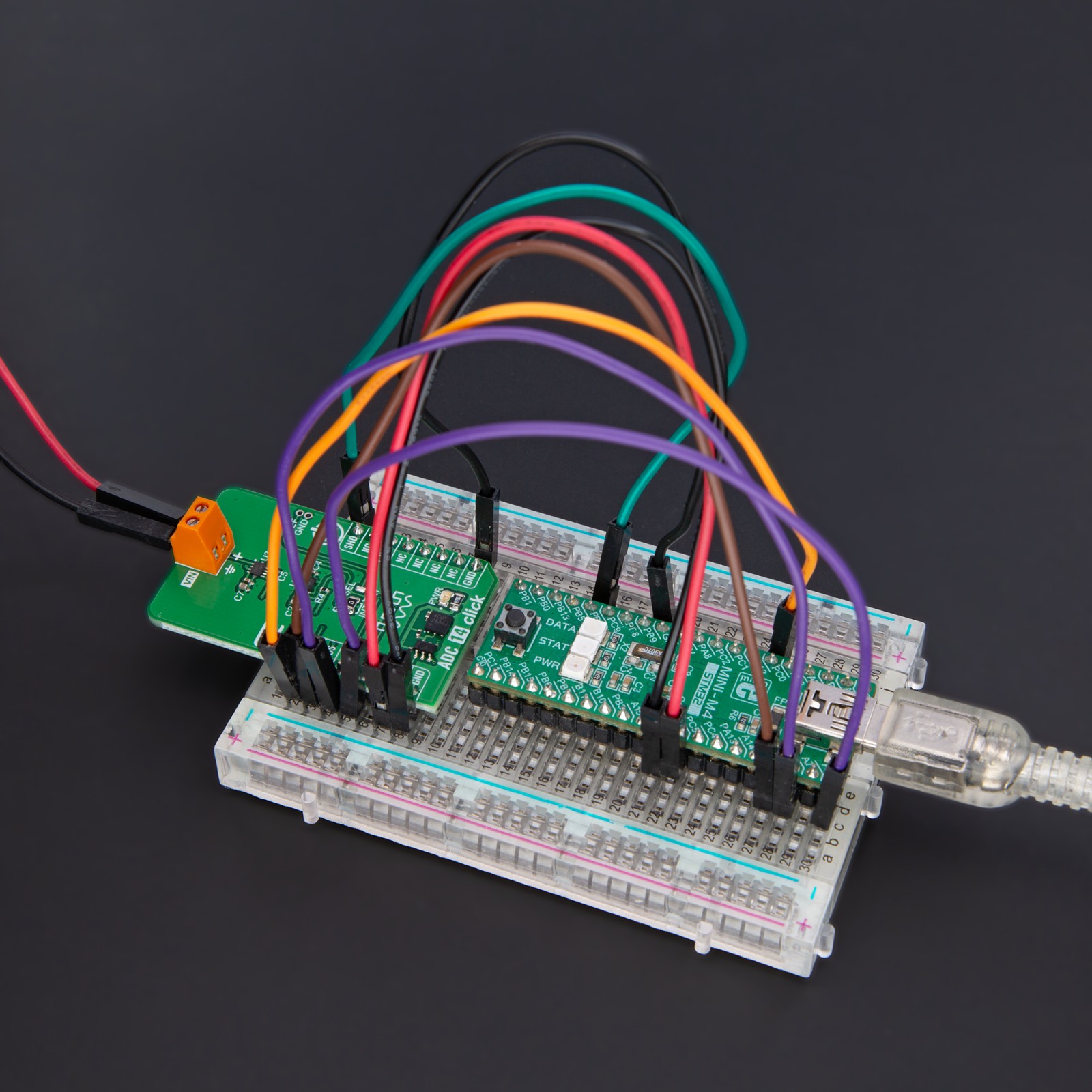
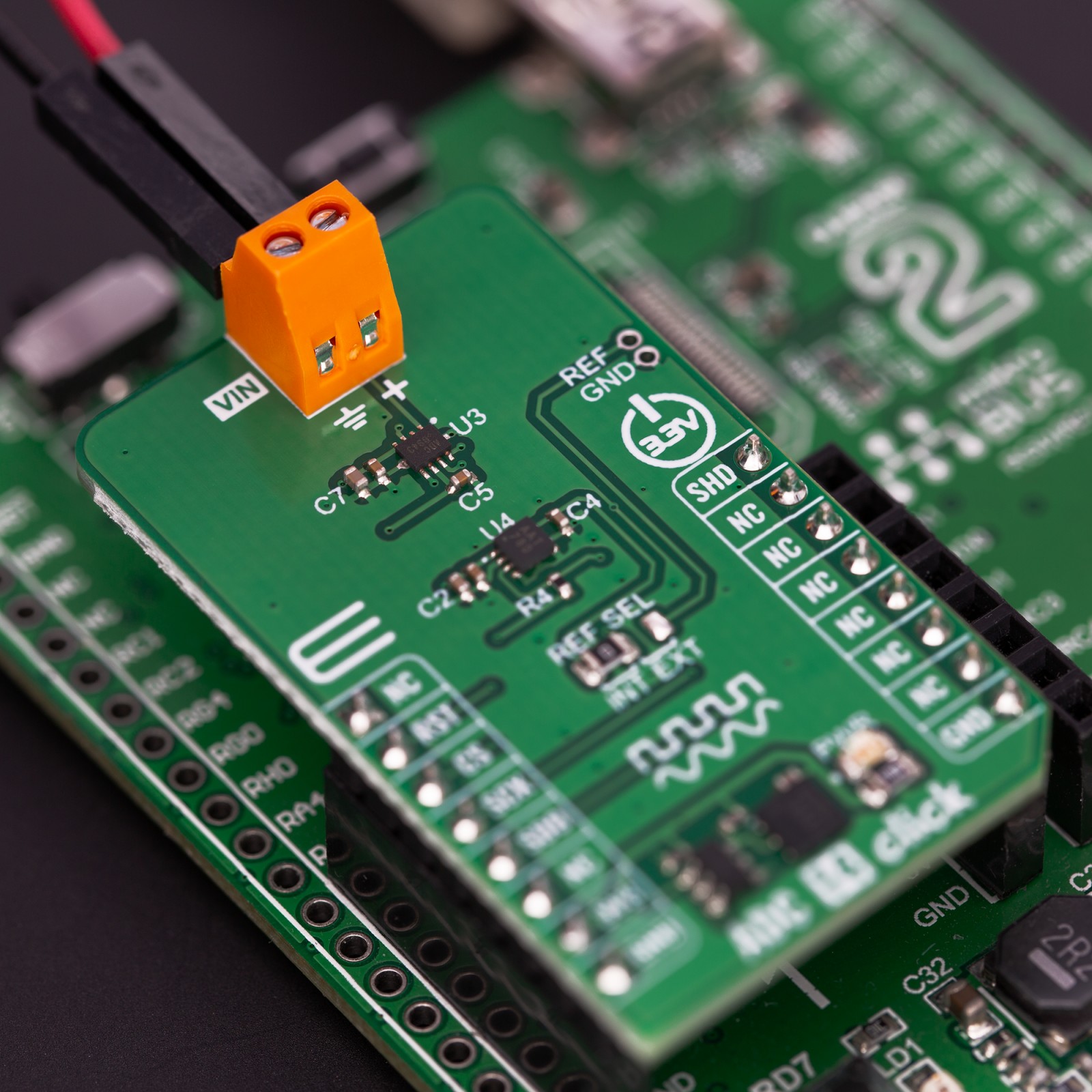


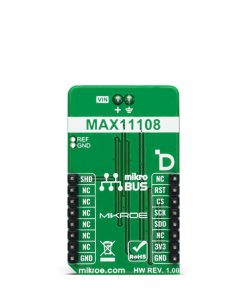
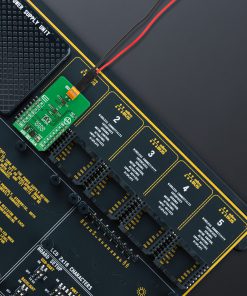

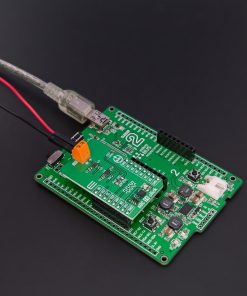
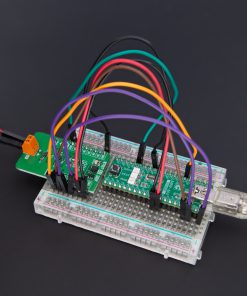
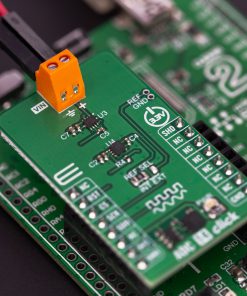
.jpg)







